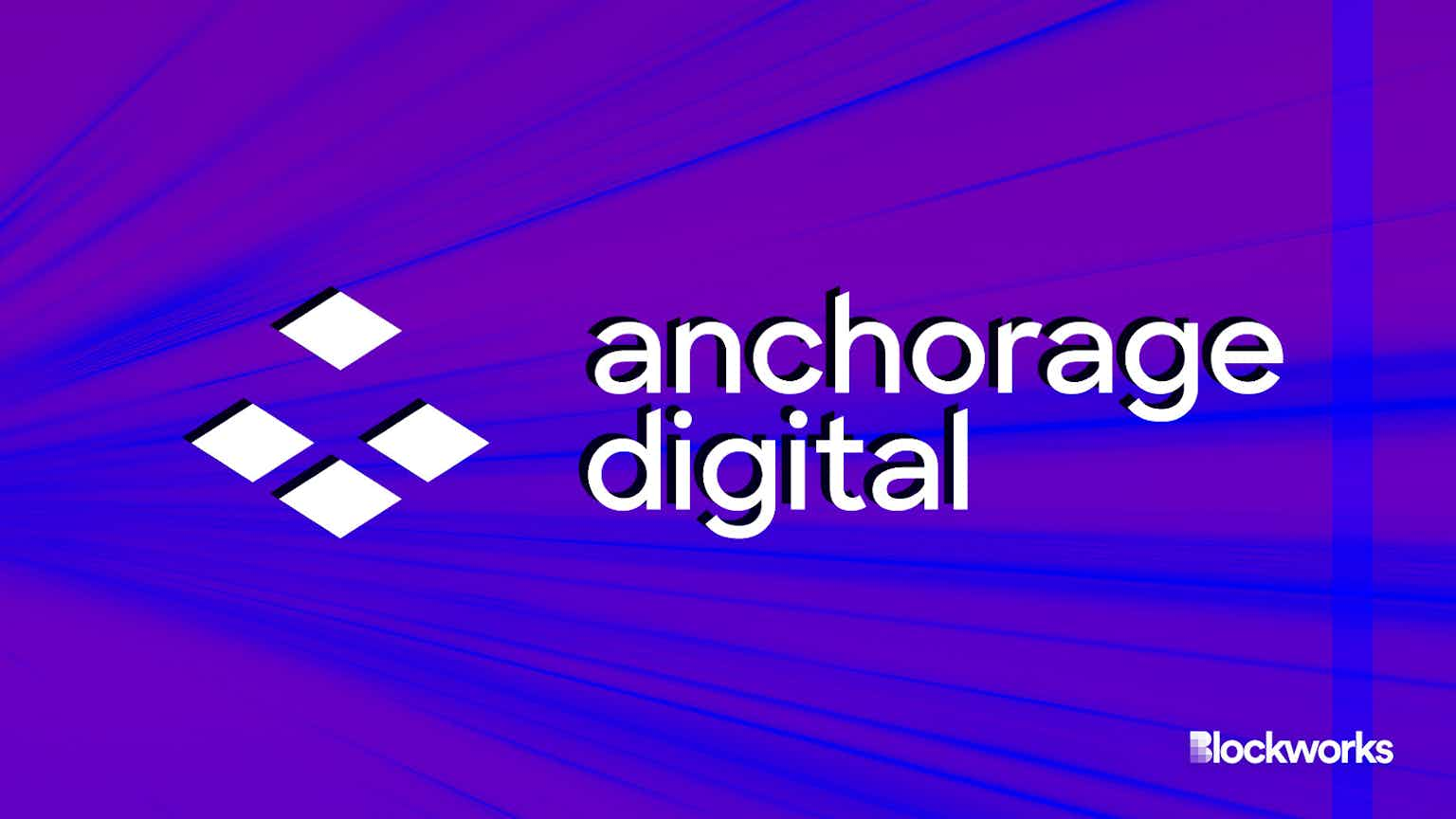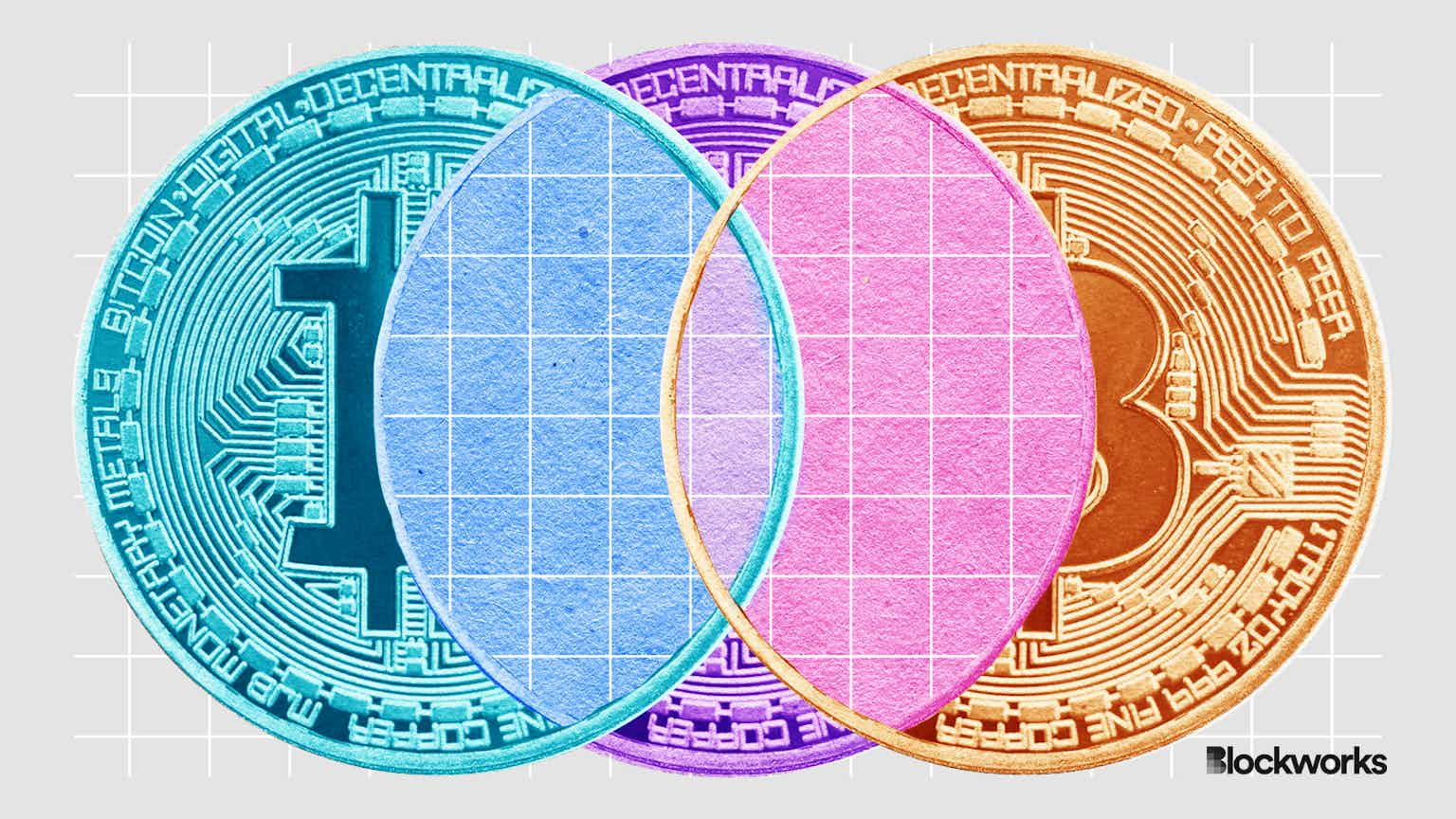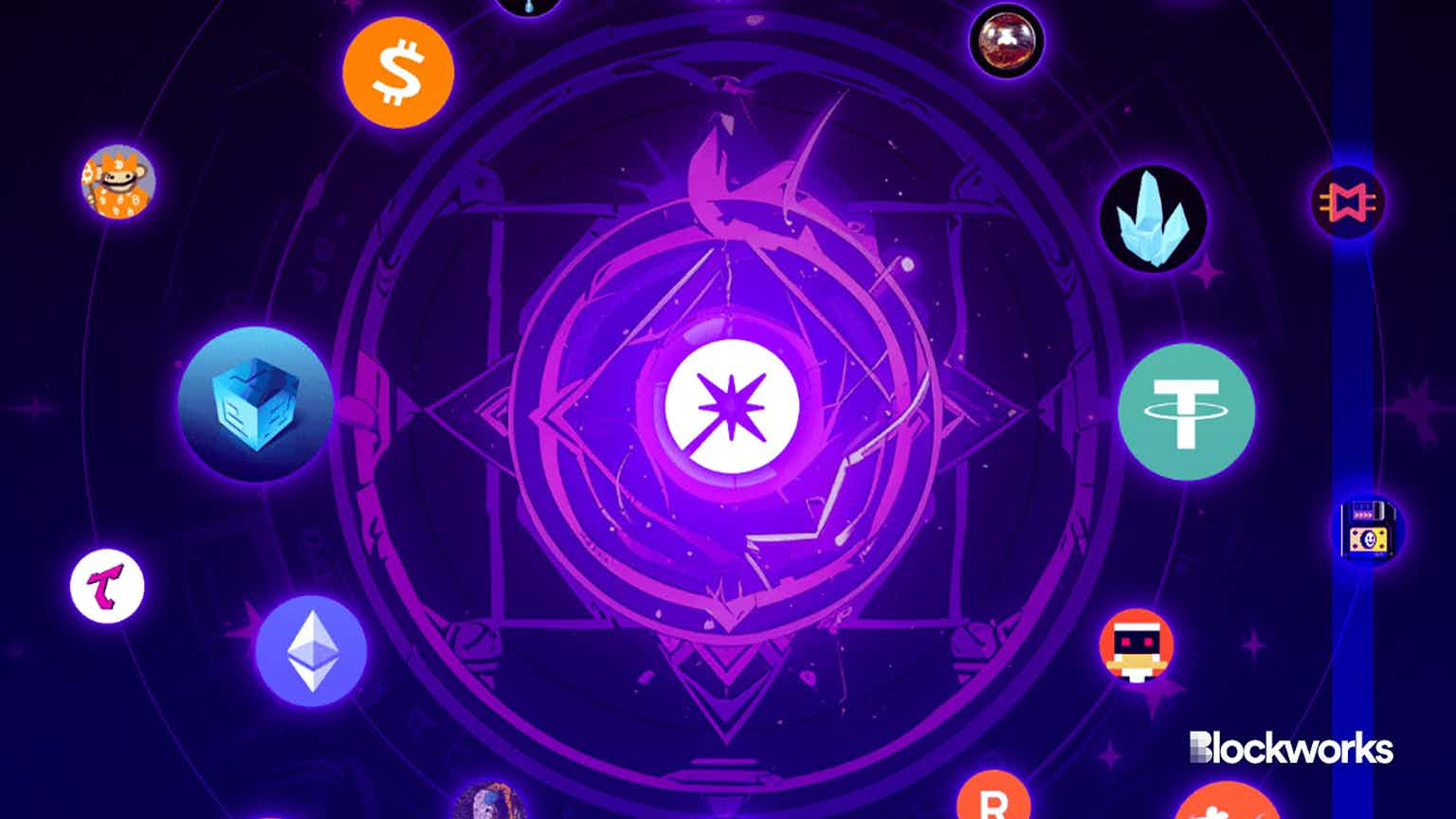Jamaica To Launch CBDC This Summer
Known as the Jamaica Digital Exchange, or Jam-Dex, the Caribbean’s newest CBDC is going to save the country millions, central bank says

Central Bank of Jamaica governor Richard Byles | Source: Jamaica Information Service
key takeaways
- Jamaica first announced the Jam-Dex pilot program in 2021
- The Caribbean country is using a CBDC model that the Federal Reserve has expressed interest in
Following its successful pilot program, Jamaica’s central bank digital currency is set to become publicly available this summer, Central Bank of Jamaica Governor Richard Byles told Blockworks.
Known as the Jamaica Digital Exchange, or Jam-Dex, the CBDC is intended to make the lives of business owners and consumers easier, Byles said. Jamaica’s economy is primarily cash driven, and a digital Jamaican dollar offers a more secure, convenient alternative.
Jamaica first announced the Jam-Dex pilot program in 2021 with the tagline “no cash, no problem.”
“We spend in excess of $7 million US dollars a year, just replacing notes of all kinds, and that’s just us. Everybody has to spend money on cash, every business has to spend money on cash.”
The efficiency gains that come with a CBDC will save the government and business owners money, Byles said.
“If you can imagine what it costs a business, especially a high cash-volume business, to manage that cash, to keep it, to store it, to transport it, digital currencies get rid of all that,” Byles added.
Jam-Dex will only be available for domestic use and will operate under a hybrid model which “aims to combine the benefits of both wholesale and retail” CBDCs, the Bank of Jamaica (BOJ) said. A wholesale CBDC is one issued by the central bank to commercial banks only for bank-to-bank settlements, as compared to a retail CBDC, which is issued to both commercial banks and the public for general use.
The BOJ will issue Jam-Dex to commercial banks and to other deposit-taking institutions, such as building societies, merchant banks and authorized payment service providers. These entities will then distribute CBDCs to the retail market.
The structure is similar to what the Federal Reserve mentioned in its January report, where officials said that the Fed is supportive of an intermediated CBDC.
“Jamaica is interesting because they have gravitated towards the intermediated model, which is what the Fed is talking about,” said Jonathan Dharmapalan, CEO of eCurrency, which provides technology for central banks to issue and distribute CBDCs.
“The structure is that the central banks are responsible for the minting, issuance and redemption of central bank digital currency, but they’re not involved in the distribution, they are not involved in the circulation to the public.”
Byles is confident that Jamaicans will want to use the CBDC because it will be accessible through an app on their cell phones, which Byles said the vast majority of Jamaicans own.
“[Jam-Dex] promises to enroll a lot more people in the banking system because it is a product that doesn’t cost them anything,” he said. “If they have a banking product that sits on that telephone that costs them nothing to use, I believe they will become far more user-friendly towards the banking network than they are currently.”
Start your day with top crypto insights from David Canellis and Katherine Ross. Subscribe to the Empire newsletter.





